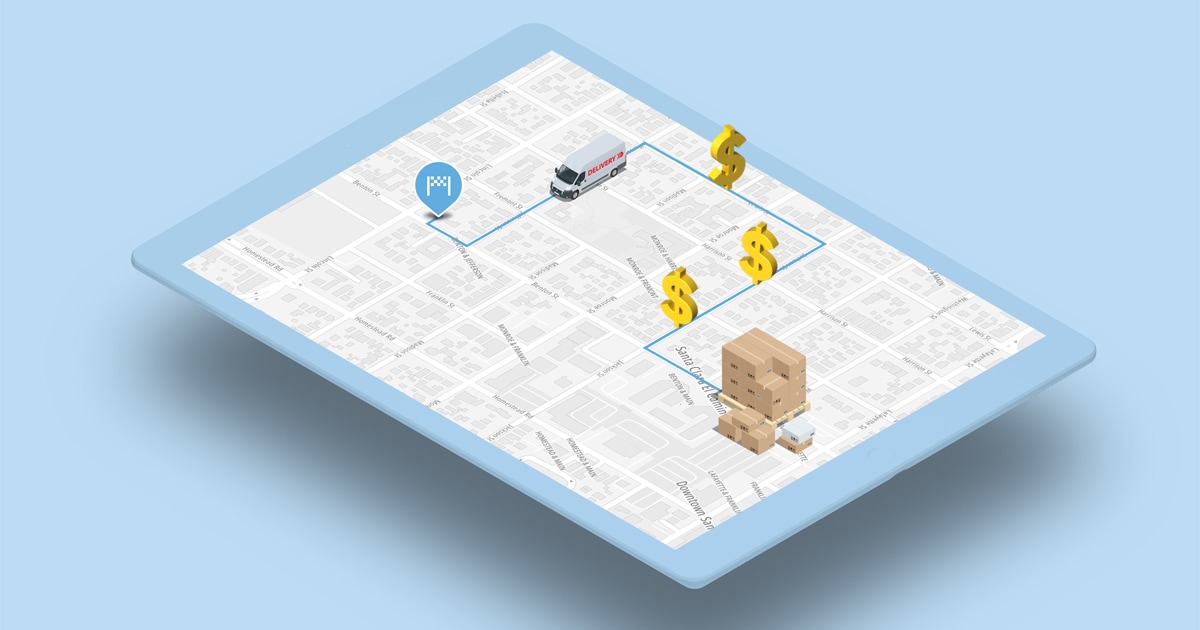
Back in early November, TomTom announced its goal to make the “smartest map on the planet,” and lifted the lid on the tech and strategy that it’s building to reach that goal. According to the mapmaker, its new map will empower developers and businesses with more useful geospatial insights than ever before. And it’s coming right as the world demands it. Location information, data and intelligence are being used in more places than most of us ever realize, why? Because they’re incredibly powerful — when processed correctly.
Before we dive in, we need to make an important distinction. When TomTom talks about location data, geospatial data and the like, it doesn’t mean personal location data or tracking in the way it’s reported in a lot of the media.
The data TomTom gathers is about geography, features of the world and how masses of people move through it. Individual identities aren’t connected to this for TomTom’s output, they don’t have to be for the company to extract valuable location-based insights. Now, back to it.
“Data is the new oil” is a common trope. The obvious reason is that, like oil, data has become incredibly useful and therefore valuable. But the metaphor extends deeper than that.
Crude oil is valuable not because of what it is, but what it can be. When refined into plastics, fuel and chemicals, it becomes useful to every conceivable industry. Billions of people, businesses and products rely on what can be made with oil. (Of course, we need to change that, but that’s another conversation.)
In the same vein, raw data is valuable, but only because we now know that with the correct processing and refinement, we can turn it into useful information and insights. But only once it’s been mined and refined does it demonstrate why it’s valuable.
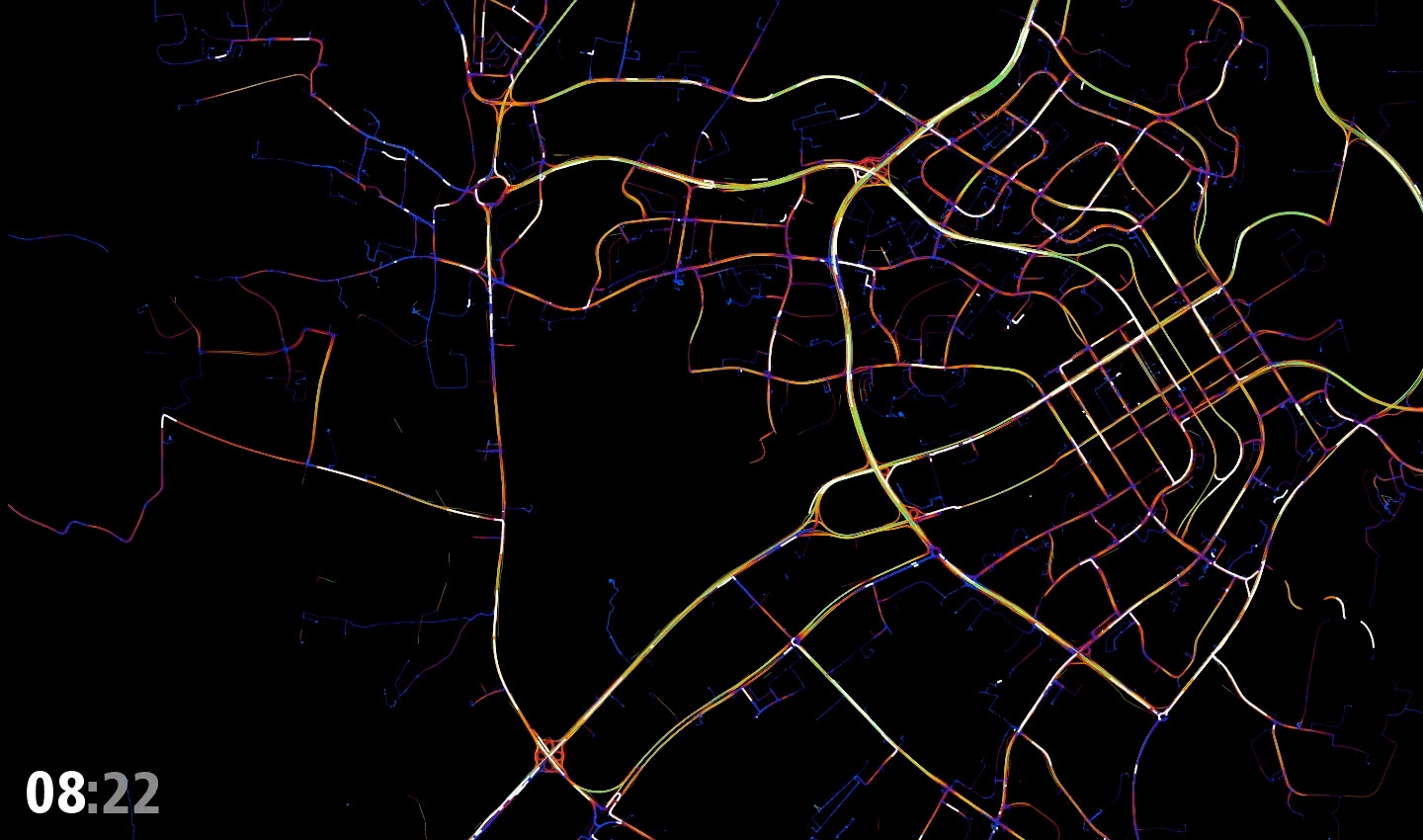
In the early days of computing and the internet, we barely knew how useful data could be. Today, we have a much clearer picture.
The power and economic impact of data
In his book, Information Politics: Liberation and Exploitation in the Digital Society, sociologist Tim Jordan examines how search engine company Google uses data to power its search and ad recommendations. He says that Google’s search systems are recursive in that they take input from the person searching but also churn through masses of historic data to add more understanding about what that person may be looking for. Every new search creates more data to inform future searches. No bit of data is wasted.
“Tim Jordan
Author, academic and sociologist
Google’s model is well known. By crunching data on its users, it serves more specific and relevant results (and adverts) to its users. It makes its ads more efficient and high performing. It can charge a lot for this service, as its ads get the best click throughs and are incredibly well targeted.
As CNBC reported, 80% of Alphabet’s revenue (Google’s parent company) in 2020 came from Google ads. The company generated $147 billion.
A world powered by data
In an article on the economics of data, the International Monetary Fund shows how three tech companies whose business models are built around data, namely Alibaba, Google and Facebook, have managed to outperform the S&P 500 over the past decade.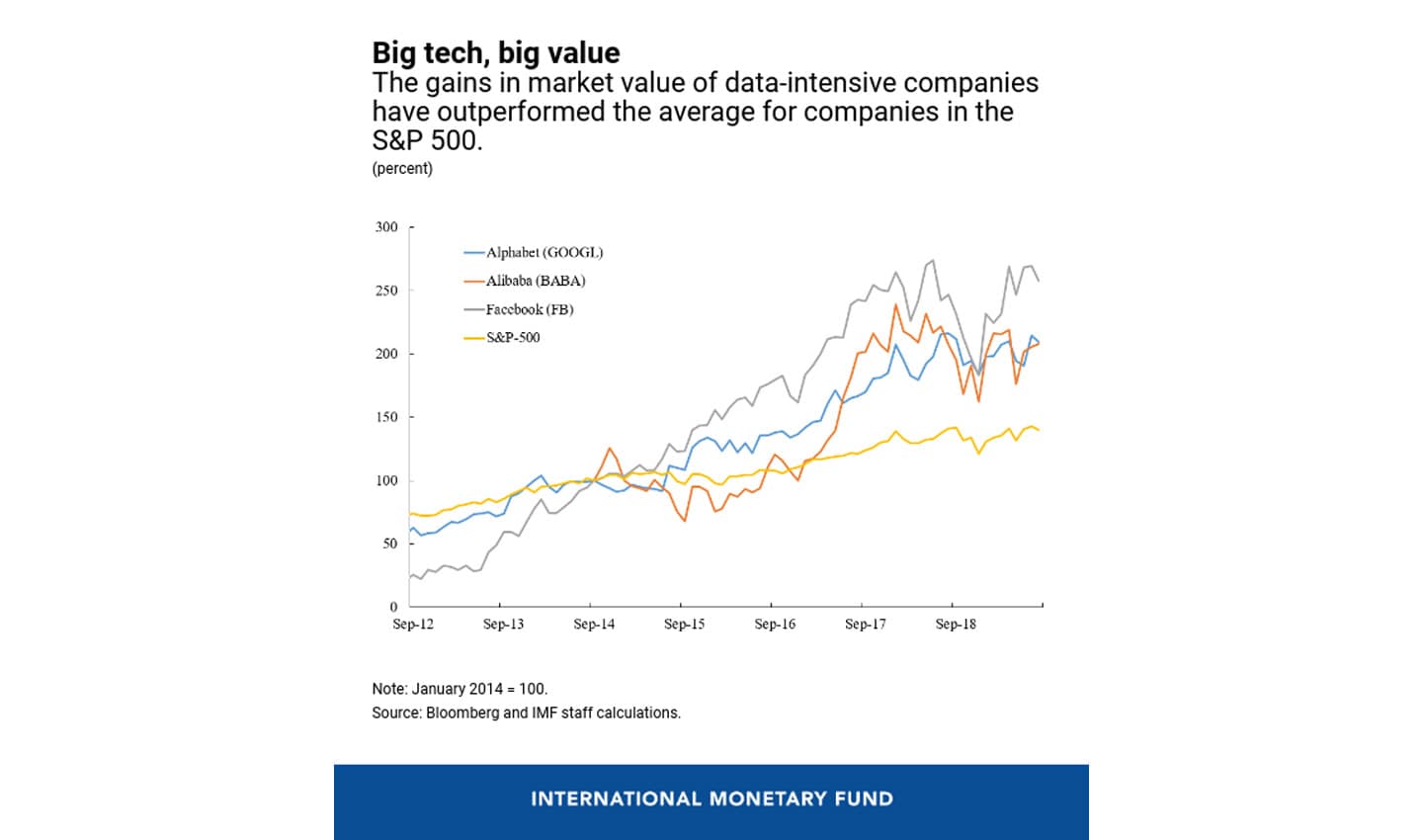 Source: Bloomberg and IMF
Source: Bloomberg and IMF
According to the IMF, data should now be considered a “key input in modern economic production alongside land, capital, labor and oil.” Location data is no different. In fact, if we zoom in, location data is becoming one of the most useful and demanded forms of data thanks to an influx of tech in the mobility, social media, transport, goods and fleet and logistics spaces over the past decade. These applications aren’t using location and geospatial data to make a few gains here and there, it’s forming a core part of their offering. In fact, seven of the top 10 downloaded apps feature location tech.
“Johan Land
TomTom Chief Product Officer
An explosion in location-aware and location-based tech
TomTom is seeing increasing demand for location data and tech in many industries as businesses become aware of how its use can lead to greater cost savings, increases in operational efficiency and improvements in user experience.
While location data has a commercial benefit, which we’ll look at in a moment, many of its applications also have value to societies.
Geospatial data can be used to inform thoughtful city infrastructure design that encourages people to travel in more sustainable ways. It can be used to help marginalized communities like the homeless, by informing charities of where they are and the local economic challenges they face.
Aerial photographs and statistics on ground moisture and wind direction have helped Californian firefighters tackle wildfires by helping them predict how fires will evolve and spread. When there aren’t fires happening, historical data about where and how fires start can inform preventative measures.
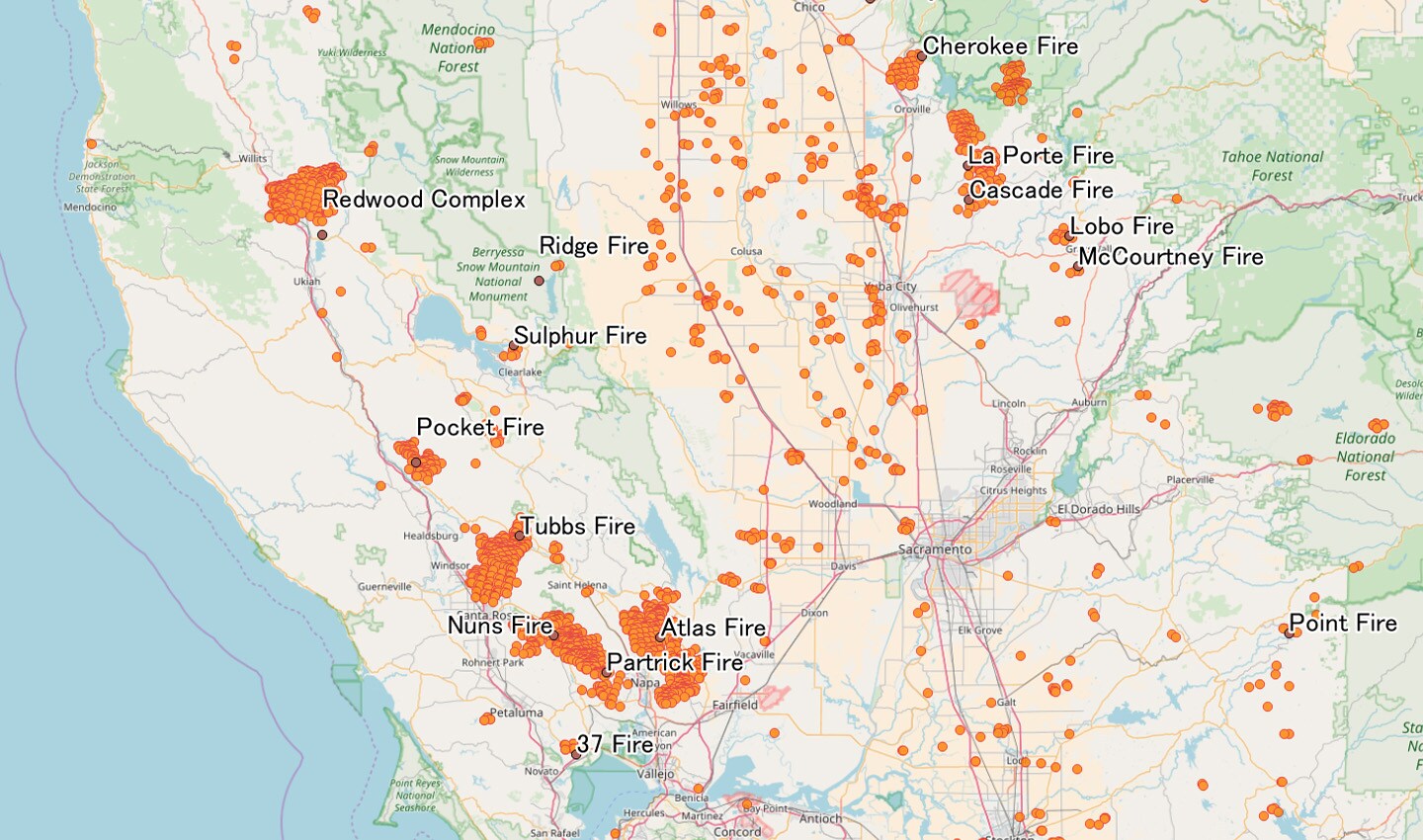
Nadina Galle, an ecological engineer and host of The Internet of Nature podcast, has highlighted how tree life can be preserved using location-aware sensors that alert the relevant authorities when trees need maintenance. Tree life has been shown to improve how livable cities are.
A quick example: Three lefts make a right
On the commercial side of things, Sygic’s use of TomTom’s location data is a great example of how valuable it can be in one of the most demanding applications — fleet and logistics. Over the years, the company has come to use nearly every product from TomTom somewhere in its navigation software.
If you want to know more about what Slovakia-based Sygic is and what it does, check out this article we wrote some time ago. But in short, Sygic develops specialist navigation apps. In fact, it was the first company to offer navigation for iPhone. Sygic’s apps are particularly popular in heavy-driving applications like trucking, fleet and logistics, where they’re used by more than 2 million truck drivers and 2,000 fleets globally. 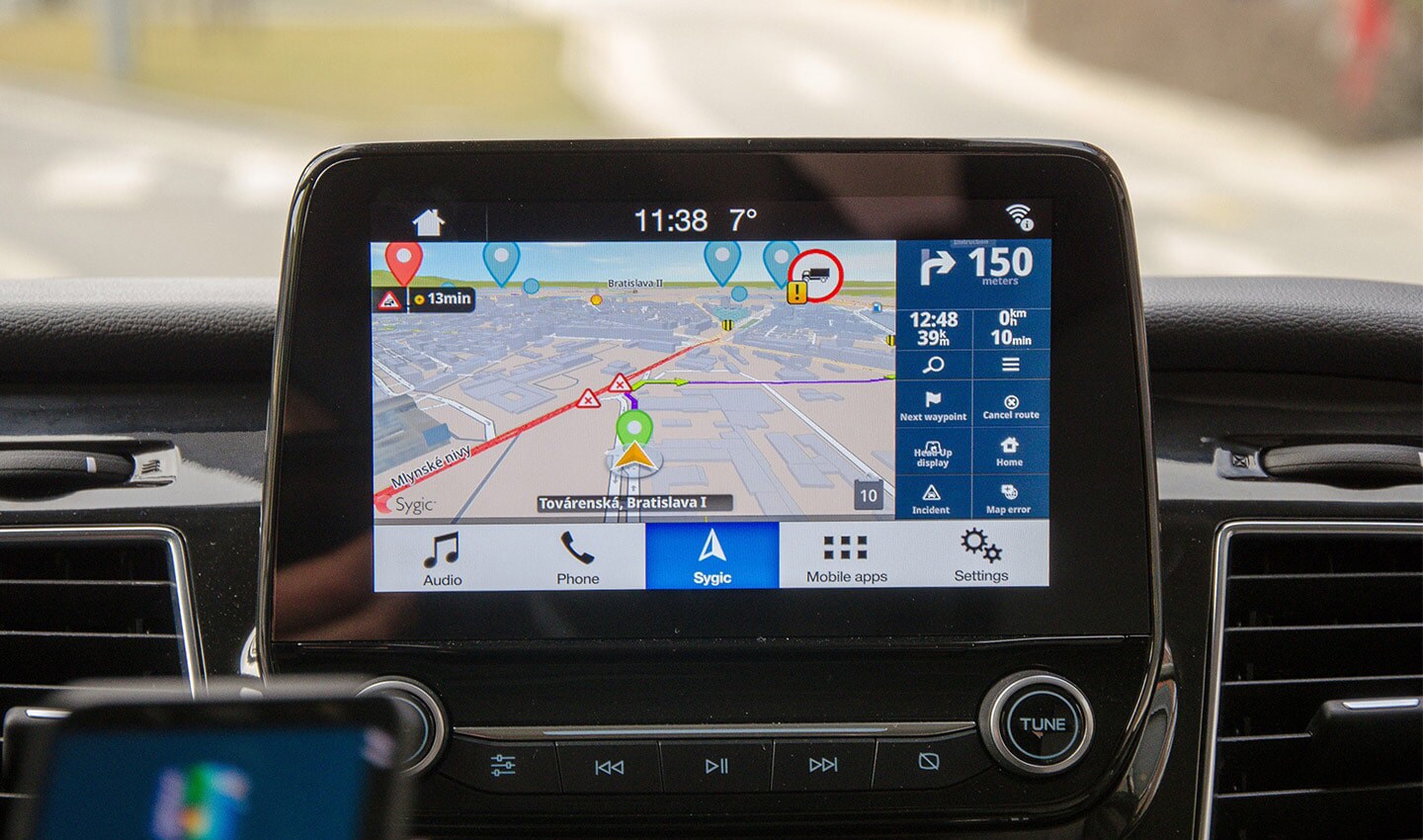 Sygic’s navigation solutions use TomTom map and traffic data.
Sygic’s navigation solutions use TomTom map and traffic data.
The challenge with fleet logistics is that the characteristics of trucks vary a lot more than they do for cars. The definition of truck could include anything from a standard 18-wheeler, to a box van, to fuel tanker, to a hazardous materials transporter, to cement mixers — especially cement mixers.
Operating all these different vehicles is risky, and expensive, business. Ensuring things don’t go wrong whilst out on the road is paramount to fleet companies.
The challenge of logistics
Logistics companies and fleet operators worry a lot about legal rulings known as nuclear verdicts. A nuclear verdict is a jury ruling which would see the logistics company fined $10 million or more.
As road safety becomes more of a focus for society, they’re becoming increasingly common. Worryingly so for logistics companies. Research has shown that the median verdict has grown from $19 million in 2010 to near $25 million in 2019.
Not only do logistics companies have to minimize the chance of these verdicts happening, but they must weather the knock-on financial impact. As nuclear verdicts become more common, insurance companies reflect this in insurance premiums. So, even before a verdict is cast, fleet operators face a burden.
These costs often must be passed on further down the chain and can have implications for society too. Food and goods can get more expensive as running the fleets that deliver them to stores gets more expensive too. Small fleet operators are often the worst affected and can be put out of business if insurance premiums get too high, resulting in unemployment and supply chain disruption.
“Definition by CaseGlide
There’s no debating that if things go wrong on the road, those responsible should pay. But it’s important to note that nuclear verdicts get their name, in part, because they are exceptionally high jury awards that surpass what should be a reasonable or rational amount.
All that said, accidents do happen, and trucking companies are well aware and are working to minimize them. Using highly detailed location and geospatial data as part of bespoke routing algorithms is one strategy.
Dedicated routing for unique vehicles makes them safer
Now, back to cement mixers. They’re not exactly a “normal” vehicle. Typically, they’re filled with heavy cement, that needs to be kept moving so that it doesn’t spoil. But that continual spinning can unbalance the vehicle in certain turnings. 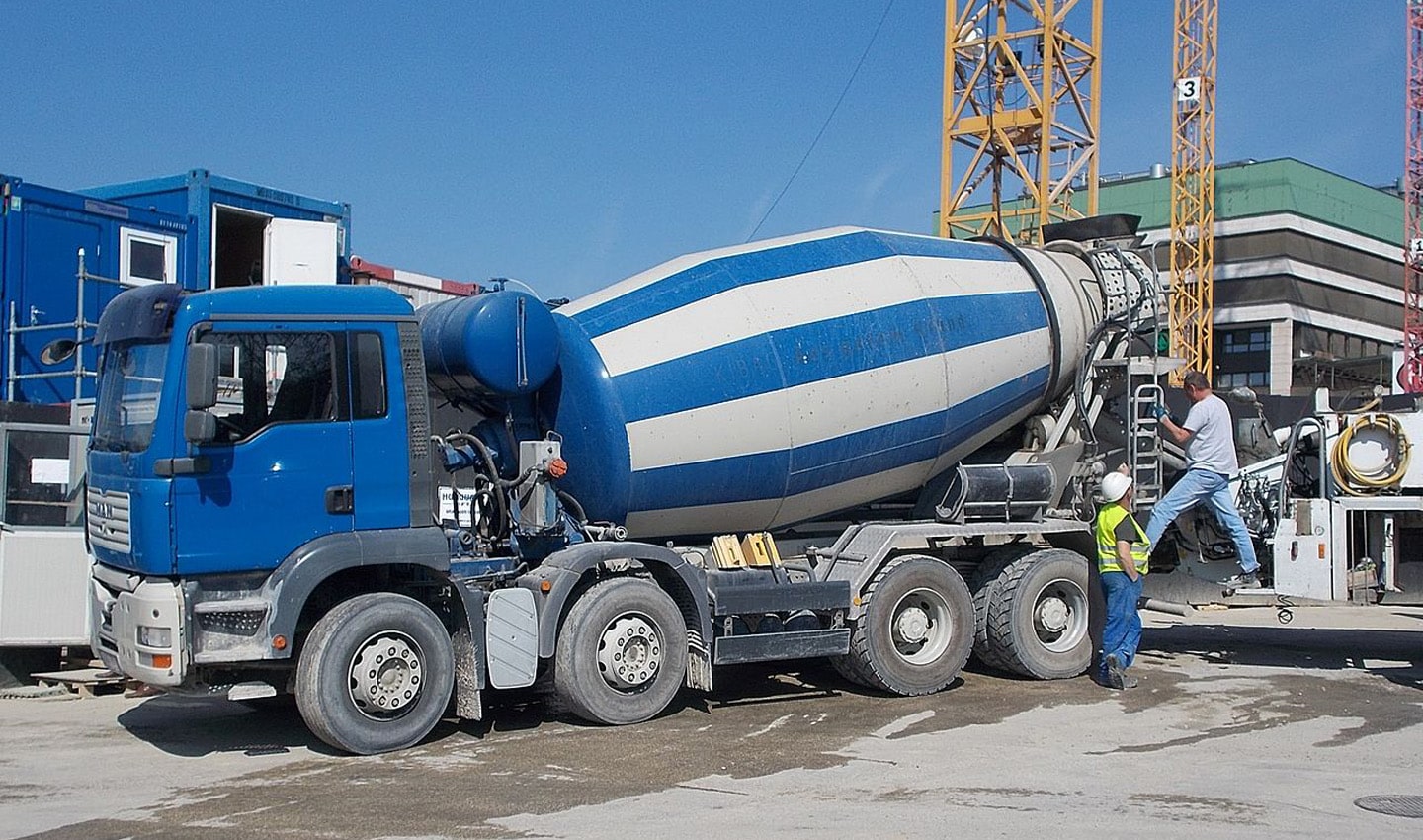
“If taking a sharp turn, [cement mixers] have a tendency to tip over,” Miroslav Remecky, Chief Commercial Officer at Sygic, says. This is more likely to happen with right-hand turns, due to the clockwise rotation of the cement mixer’s drum, he adds.
If a concrete mixer tipped over, a nuclear verdict would be a very real risk. The solution is quite simple: never turn right. Simple, but not necessarily easy. But indeed, that was the idea one of Sygic’s customers presented to the Slovakian company.
“One of our customers from a construction vertical actually came to us and asked if we could create a preferred left-hand turn, because their concrete mixers rotate in a clockwise direction,” Remecky explains.
Preferring left turns allows the cement mixers to counter the rotation of the drum and dramatically lowers the risk of them tipping over. It might mean they have to take longer routes to their destination, but in this case, the preference is that they get there in one piece, safely. Routing isn’t always about getting from A to B as fast as possible, sometimes the requirements are more nuanced than that.
“We try to avoid sharp turns, sharp right-hand turns and prefer left hands instead. [This is] to counter the momentum and make sure the trucks aren’t tipping over,” Remecky says.
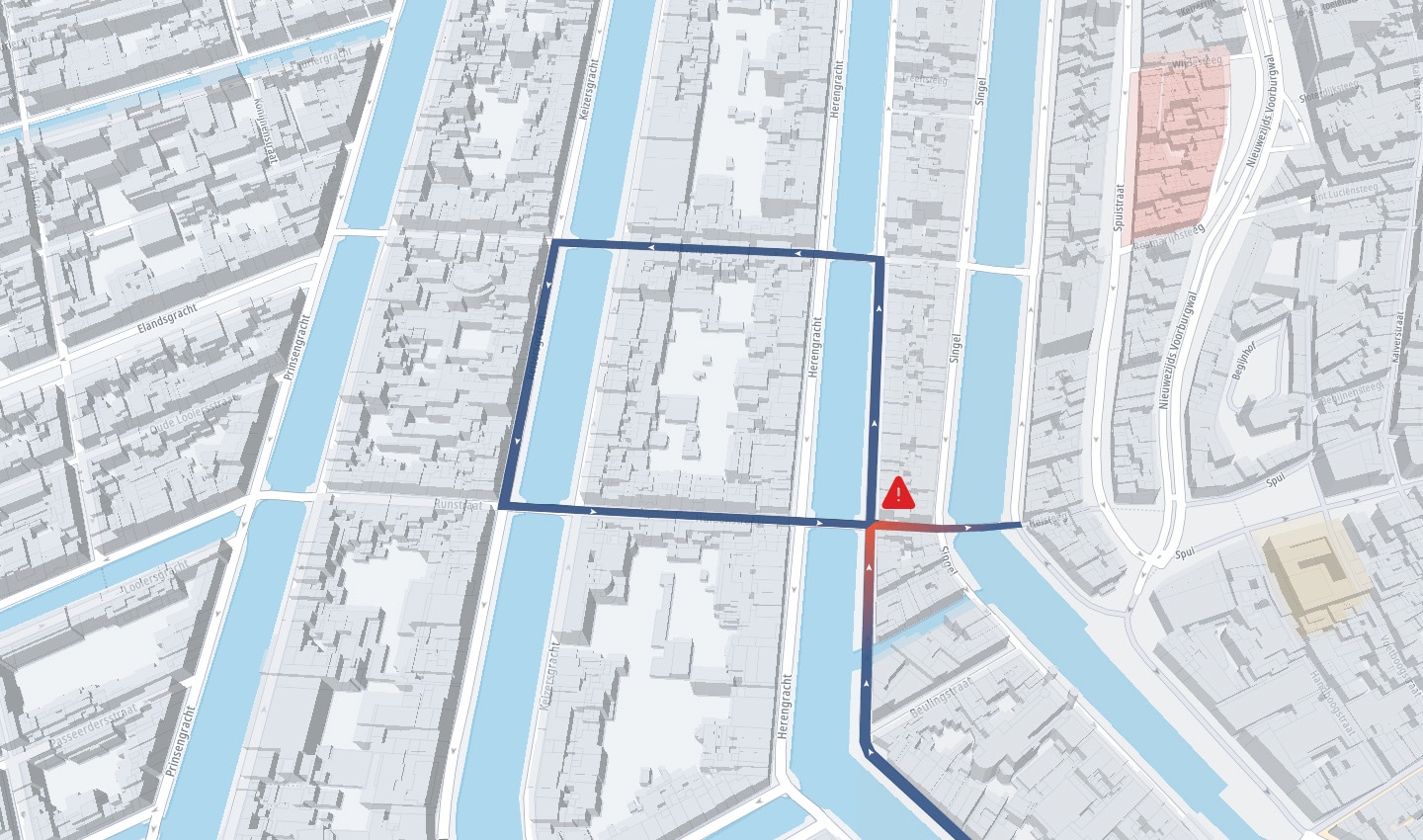 To prevent a concrete mixer from tipping over during right-hand turns, Sygic used TomTom's geospatial data to integrate preferred left-hand turns into their routing suggestions.
To prevent a concrete mixer from tipping over during right-hand turns, Sygic used TomTom's geospatial data to integrate preferred left-hand turns into their routing suggestions.None of this would be possible without location data and high levels of detail about road surfaces, routes, speed profiles, road gradients and turn sharpness. Not all right turns need to be avoided, only the ones that are too sharp, too fast and generally too dangerous.
The cost to build a left-preferred routing algorithm is relatively small, thanks to all the required geospatial data being readily on hand from and maintained by TomTom. But the opportunity cost of employing it is massive — especially if it helps you avoid multimillion-dollar lawsuits. It’s a powerful, but largely hidden, technology.
In this example, it’s impossible to say how much money Sygic’s customer saves as a result of using this kind of routing algorithm, but every month and year that goes by without a nuclear verdict can be considered a big win.
The future of location data markets
At present, TomTom values its addressable location tech market (not including automotive applications) at around $2 billion. By 2025, the company estimates that that will grow to $2.5 billion. Some analysts project that the entire location-based services market will reach a value of $66.61 billion by 2028.
Unlike oil, data is renewable, reusable and never ending. And so long as humans exist, we are going to create it, especially location and map data. With that comes the opportunity to do something valuable and meaningful with it — like making specialist routing algorithms that make the roads safer and reduce risk and financial burden for essential commercial enterprises.
The challenge today for modern mapmakers like TomTom then is not how to create map visuals or store geospatial data, but how to constantly gather it, process it and turn it into something useful.
By blending map data, aerial imagery and contextual detail about the world and presenting it to partners, engineers and users in useful and smart formats, we can gain powerful and useful knowledge about the world around us.
“Mike Schoofs
TomTom’s Managing Director Enterprise
When this happens, we’re shown the true value of location data and mapping. This knowledge has the power to save companies millions of dollars per year by improving their efficiency and helping them operate safely and effectively. It has the potential to make our world safer too.
Over the next decade, we’re sure to see continued growth in demand for location data and mapping services. While we might not always see it, the map is playing a crucial, valuable role in many applications — more than many realize.
People also read
)
Super sources will power the 'freshest map on the planet.' But what are they?
)
The world needs a better map: TomTom is making it with its new Orbis Maps and ecosystem
)
How routing algorithms prioritize safety over speed in rural Finland
)
More than 20 years of mobile mapping, here’s how it began
* Required field. By submitting your contact details to TomTom, you agree that we can contact you about marketing offers, newsletters, or to invite you to webinars and events. We could further personalize the content that you receive via cookies. You can unsubscribe at any time by the link included in our emails. Review our privacy policy. You can also browse our newsletter archive here.
)